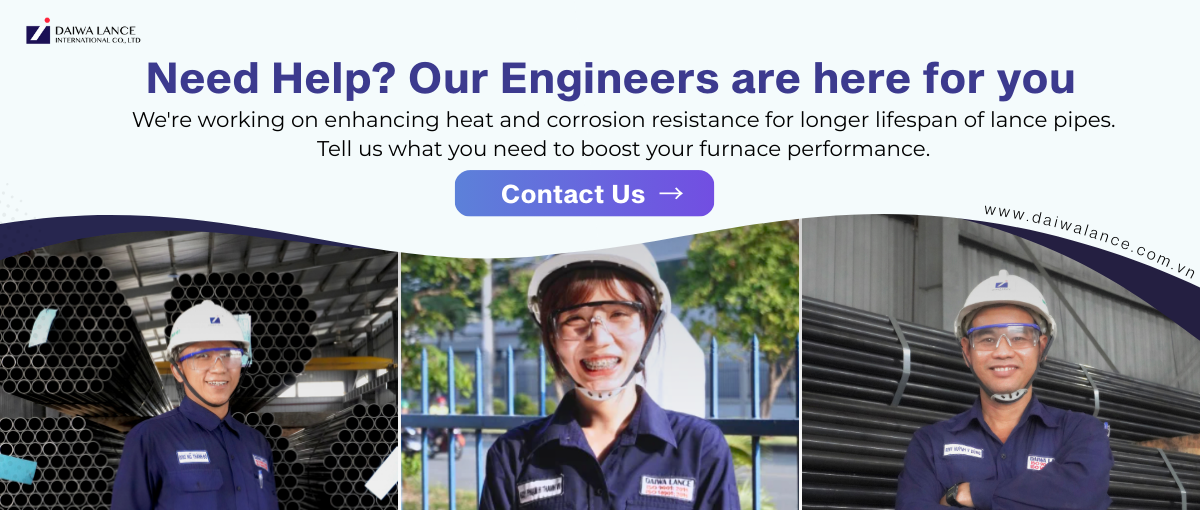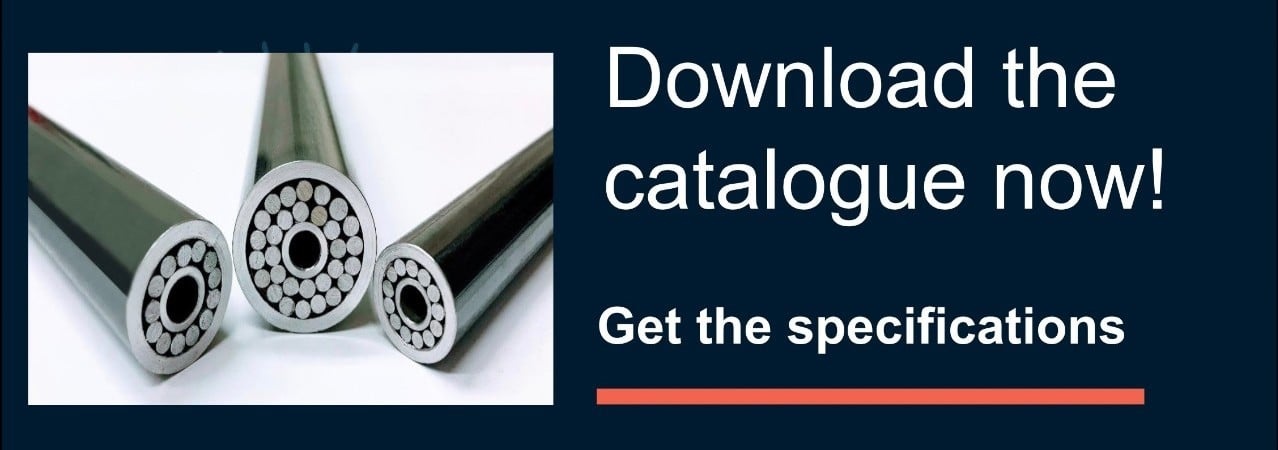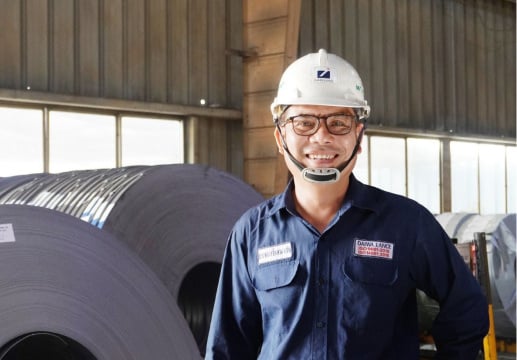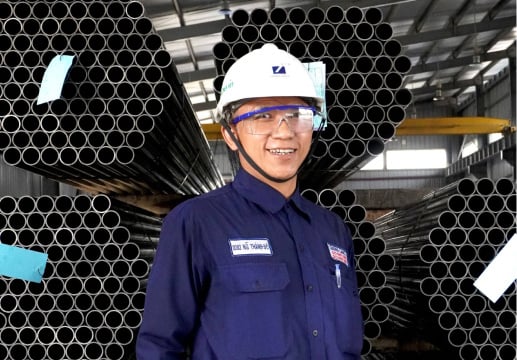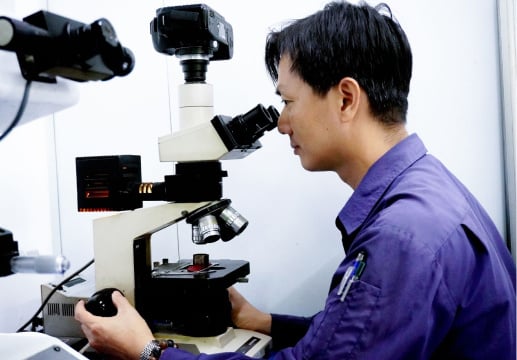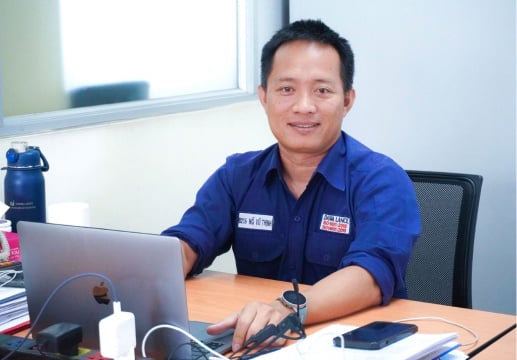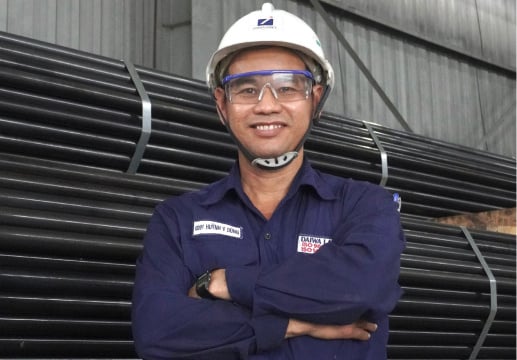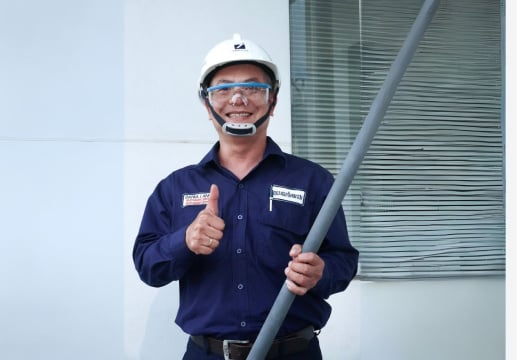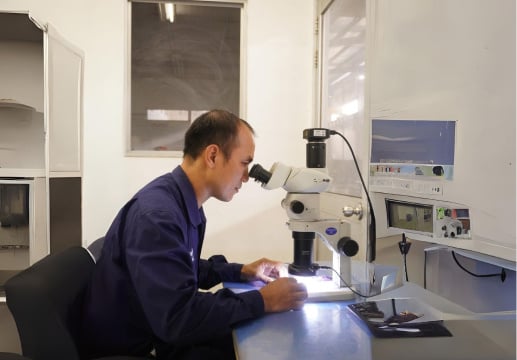Looking for the exact steps to connect your lance holder with a Thermic Lance? You're in the right place. Connecting a lance holder incorrectly can lead to gas leaks, equipment damage, or serious safety hazards. Get it right, and you'll have a reliable, efficient cutting system that performs consistently job after job.
This guide walks you through the complete connection process for the Daiwa Lance Holder system - from initial setup to pipe replacement during operations. No fluff, just the practical steps you need to know.

What is a Lance Holder and Why Does It Matter?
A lance holder is the critical interface component that connects your oxygen supply hose to Thermic Lance. Think of it as the control center of your cutting operation - it's where safety meets functionality. The Daiwa Lance Holder represents the pinnacle of engineering in this field, designed to provide maximum safety, efficiency, and ease of use for professional cutting applications.
The importance of a quality lance holder cannot be overstated. It serves multiple critical functions: controlling the oxygen flow, preventing dangerous backfire incidents, providing a secure connection between components, and allowing for quick pipe changes during extended operations. Without a properly functioning lance holder, your cutting operation becomes not just inefficient, but potentially dangerous.

RELATED POST
Understanding the Daiwa Lance Holder Components
The Daiwa Lance Holder is engineered with precision, featuring five essential components that work together seamlessly:

- Screw Part: This threaded section creates the primary connection point where the steel pipe attaches to the holder body. The precision threading ensures a secure, leak-proof connection that can withstand high-pressure operations.
- Pipe Tightening Screw: Acting as a secondary securing mechanism, this component ensures the steel pipe remains firmly in place during operation, preventing any loosening that could compromise safety or performance.
- Body Holder: The heart of the system, containing internal technical layers and safety mechanisms. This component houses the backfire prevention system and maintains structural integrity under extreme operating conditions.
- Valve: The control mechanism that regulates oxygen flow to the lance. This precision-engineered valve allows for smooth operation and immediate shut-off capabilities when needed.
- High-Pressure Oxygen Hose Connection: The interface point where your oxygen supply hose connects to the holder, featuring robust construction to handle high-pressure applications safely.
Step-by-Step Connection Process: How to Connect Lance Holder with Thermic Lance?
Connecting your Daiwa Lance Holder to your Thermic Lance requires precision and attention to safety protocols. Follow this detailed process for optimal results:
| CONNECTION STEPS | INSTRUCTION PHOTOS |
Step 1: Connect Oxygen Hose to Lance HolderBegin by connecting the oxygen hose to your Daiwa Lance Holder. Ensure all connections are secure and that your oxygen supply is properly regulated. Always verify that your work area is clear and that appropriate safety equipment is in place. |
 |
Step 2: Rotate Holder's Screw PartStart by rotating the holder's screw part one complete turn counterclockwise. This critical step releases tension on the internal rubber seal, opening up the necessary space for smooth pipe insertion. |
 |
Step 3: Secure Pipe Tightening Screw PartNext, turn the pipe tightening screw counterclockwise until you've created sufficient clearance for Thermic Lance to slide in effortlessly. You'll know you have enough space when the pipe can be inserted without resistance. |
|
Step 4: Inserting Thermic LanceWith the holder properly loosened, insert Thermic Lance into the holder. Ensure the pipe is fully seated and properly aligned within the holder body. The connection should feel secure without forcing. |
 |
Step 5: Securing the ConnectionTighten the holder key to secure the lance pipe in position. Follow this by tightening the pipe tightening screw. These actions ensure that the holder and pipe are firmly connected and ready for operation. |
 |
Step 6: Final Safety CheckBefore beginning operations, verify that all connections are tight and secure. The holder and pipe should form a solid, leak-free connection that can withstand operational pressures. |
 |
For a detailed visual demonstration of the connection process, watch the video below to see each step in action.
Pipe Replacement During Operations
One of the key advantages of Daiwa Lance products is the ability to quickly replace consumed pipes during extended cutting operations:
|
REPLACEMENT STEPS |
INSTRUCTION PHOTOS |
Step 1: Removing Consumed PipesAfter cutting operations, Thermic Lance pipe will be partially consumed and shortened. Turn off the oxygen valve immediately, then loosen the pipe tightening screw and front section of the holder to safely remove the used pipe. |
 |
Step 2: Extending Pipe Life with Socket ConnectionsFor partially consumed pipes, you can extend their usable life by connecting them to fresh pipes using threaded socket connectors. This approach maximizes material utilization and reduces operational costs. |
 |
Step 3: Installing New PipesConnect the new or extended pipe assembly to the holder using the same process outlined above. This quick-change capability ensures minimal downtime during extended cutting operations. |
 |
For a clear view of the pipe replacement operations from the lance holder, please refer to the video below.
Conclusion: Mastering the Connection Process
Understanding how to properly connect your lance holder with Thermic Lance is fundamental to safe, efficient cutting operations. Daiwa Lance Holder system provides the reliability and safety features necessary for professional applications, but proper connection technique remains essential.
By following the detailed procedures outlined in this guide and maintaining focus on safety throughout the process, operators can achieve consistent results while maximizing both equipment life and operational safety.
Remember that mastery of these connection procedures comes with practice and attention to detail. Take time to become thoroughly familiar with your equipment before undertaking critical cutting operations.
Ready to Upgrade Your Cutting Operations?
Whether you need a lance holder with specific design features, particular dimensions, or custom specifications for your unique applications, we're here to help. Our team of experts can guide you through the selection process to ensure you get the right equipment for your specific needs.
Contact us today to discuss your lance holder requirements and discover how the right equipment can transform your cutting operations.
For more information about Thermic Lance systems, safety protocols, and professional cutting solutions, explore our comprehensive resource library and technical documentation.
- Category:
- Daiwa Lance Products
- Keyword:
- introduction to thermic lance

